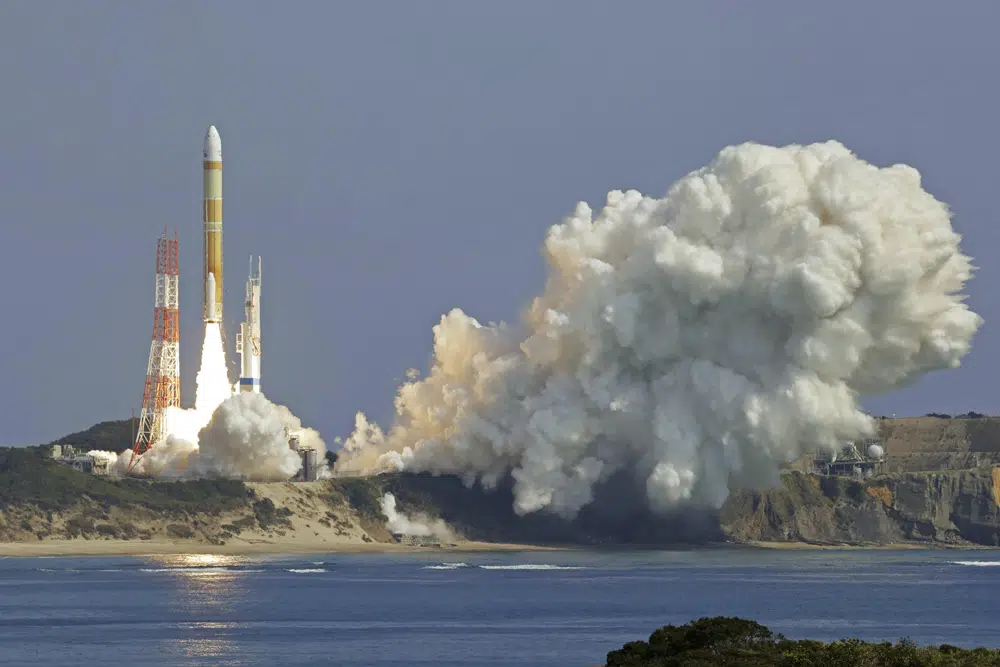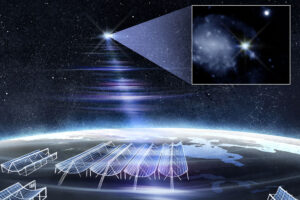Japan’s H3 rocket fails after liftoff, Self-destruct command issued

Tokyo, The Gulf Observer: Japan’s next-generation H3 rocket failed after liftoff on Tuesday, with the space agency issuing a destruct command after concluding the mission could not succeed.
The failure is a major blow for the Japan Aerospace Exploration Agency, which has billed the rocket as a flexible and cost-effective new flagship.
The 57-meter tall H3 rocket had lifted off from JAXA’s Tanegashima Space Center, following an aborted launch last month. JAXA said it sent a self-destruct signal to the rocket after the vehicle’s second-stage engine failed to ignite.
“(A) destruct command has been transmitted to H3 because there was no possibility of achieving the mission,” mission control said.
The H3 was carrying the ALOS-3, a disaster management land observation satellite that is also equipped with an experimental infrared sensor designed to detect North Korean ballistic missile launches.
Shares in Mitsubishi Heavy Industries, the H3’s builder, fell 1.8% in morning trade.
Powered by a new simpler, lower-cost engine that includes 3D-printed parts, the H3 is designed to lift government and commercial satellites into Earth’s orbit. It also meant to ferry supplies to the International Space Station.
As part of Japan’s deepening cooperation with the United States in space, it will eventually carry cargo to the Gateway lunar space station that NASA plans to build as part of its program to return people to the moon, including Japanese astronauts.
The H3 rocket was developed for more frequent commercial launches as well as better cost efficiency and reliability and has been mooted as a possible competitor to Space X’s Falcon 9.
“We are aiming to create an operational world where (the) Japanese industrial base can be underpinned by steadily launching the H3 six times or so annually for 20 years,” JAXA says in its description of the project.
Tuesday’s failure marks another blow to JAXA, whose smaller Epsilon-6 rocket was ordered to self-destruct just minutes after liftoff in October last year as it deviated from its intended trajectory.
The H3 is the first revamp of the country’s main launch vehicle in around 20 years that will replace its reliable H2A rocket. Despite high hopes the new rocket would give Japan a foothold in the increasingly competitive satellite launching business, its development has been marred by a string of delays.
The rocket was originally scheduled for launch by JAXA by the end of March 2021. But the plan was pushed back by around two years over issues with the newly developed LE-9 engine and to replace parts after the Epsilon-6 rocket was ordered to self-destruct.
At ¥5 billion ($37 million), the H3 rocket is around half the cost of its predecessor but has 1.3 times the satellite launch capacity.
Japan hopes to increase orders for satellite launches from domestic and international clients by promoting the 97.8% success rate of the H2A rocket, which only failed once in 46 launches since its introduction in 2001.


